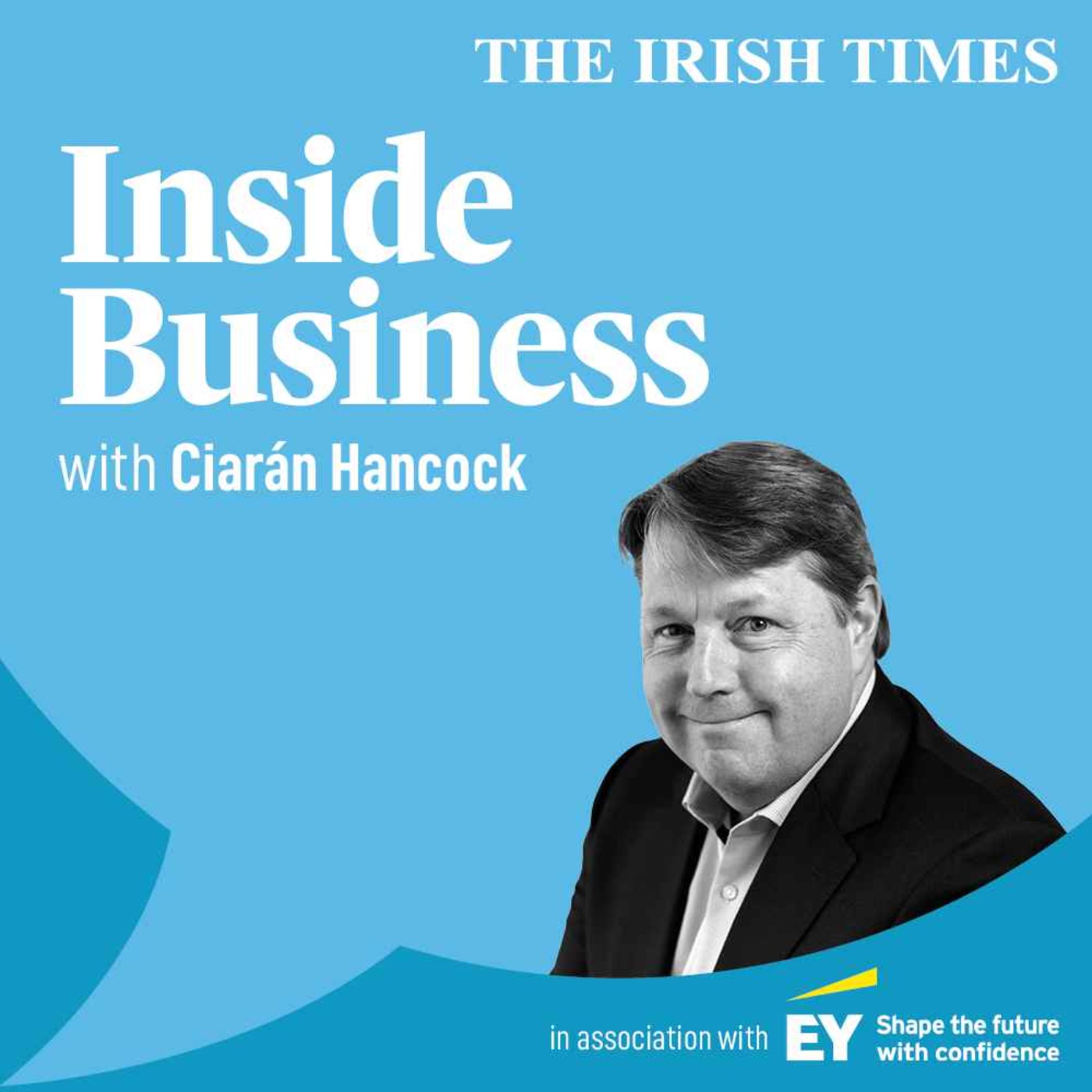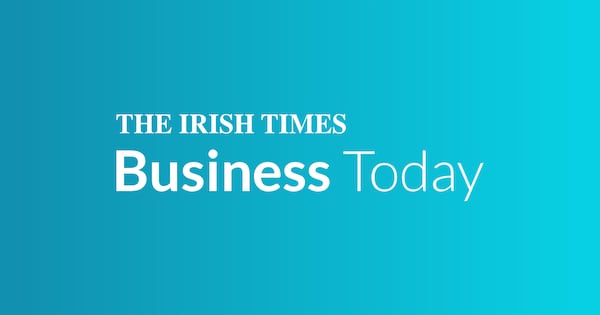US Federal Reserve chairman Jerome Powell has said “shifting” economic risks have sharpened the case for a Federal Reserve rate cut, as the central bank chairman warned that the labour market was cooling and US president Donald Trump’s tariffs were lifting inflation.
“With policy in restrictive territory, the baseline outlook and the shifting balance of risks may warrant adjusting our policy stance,” said Mr Powell at the Kansas City Federal Reserve’s economic summit in Jackson Hole, Wyoming, on Friday morning.
The remarks put Powell in the camp of doves on the rate-setting Federal Open Market Committee and signal he could support a quarter-point cut at the central bank’s next meeting in September.
US government debt rallied strongly after Mr Powell’s speech. The yield on the two-year treasury note, which is sensitive to expectations for monetary policy, dropped 0.1 percentage points to 3.69 per cent. Wall Street’s blue-chip S&P 500 index jumped 1.6 per cent, while the dollar dropped about 0.8 per cent against a basket of half a dozen peers.
READ MORE
Mr Powell’s speech comes at a pivotal moment for the Fed. President Trump and his allies have launched a fierce campaign against Powell and other top Fed officials, insisting the central bank should drastically cut rates.
The Fed has instead held its main rate at a 4.25-4.5 per cent range this year, following 1 percentage point of cuts in 2024, as some officials worry that Mr Trump’s tariffs on US trading partners will ignite a fresh surge in inflation.
[ Fed holds rates steady despite ongoing pressure from TrumpOpens in new window ]
Though Mr Powell acknowledged the effects of the administration’s trade war on consumer prices were now “clearly visible”, he signalled it was unlikely their impact would endure and would instead prove a one-off shock that the central bank could look through.
“Given that the labour market is not particularly tight and faces increasing downside risks, that outcome does not seem likely,” said the Fed chairman.
He added that “risks to inflation are tilted to the upside, and risks to employment to the downside – a challenging situation”.
A gloomy July jobs report, which showed a sharp slowdown in hiring growth this summer, has prompted many Wall Street banks and investors to forecast a rate cut as soon as September.

Why is Ireland not considered a truly rich country?
Trading in Fed funds futures pointed to a 90 per cent chance of a quarter-point rate cut in September, up from 75 per cent on Thursday, according to CME Group data.
“Powell opened the door to a September rate cut with his remarks, emphasising downside risks to employment and relatively contained risks to inflation,” said Gennadiy Goldberg, head of US rates strategy at TD Securities.
Cyclical and industrial stocks, which tend to climb alongside hopes for a stronger economy, led the equity market gains on Friday, underscoring the upbeat reaction to the rising expectation for rate cuts.
A basket of consumer discretionary stocks rose 2.7 per cent, with industrials up 2.6 per cent. Shares in small-cap companies, which are similarly viewed as a proxy for the economy, soared, with the Russell 2000 index up more than 3 per cent.
Still, some top Fed officials have remained concerned that while consumer prices have yet to show much impact from the duties, they could still rise in the coming months.
Walmart, the world’s biggest retailer, warned this week that the levies were beginning to push up its costs as it cycles through inventory that was purchased before they were put into place. An elevated reading on producer prices has also pointed to a potential future rise in inflation.
Wall Street economists said upcoming monthly jobs and consumer price index reports, due in advance of the Fed’s September 16th-17th meeting, would also be crucial in informing the central bank’s next policy steps.
[ Scott Bessent calls for inquiry into ‘the entire Federal Reserve institution’Opens in new window ]
Fed governors Michelle Bowman and Christopher Waller both dissented with the central bank’s decision to hold rates steady in July, arguing it should begin to reduce borrowing costs from restrictive levels.
Adriana Kugler’s decision to resign as a Fed governor earlier this month paved the way for Mr Trump to nominate Stephen Miran, a White House economic adviser who shares the president’s views on interest rates, to the central bank’s board. If confirmed by the Senate, Mr Miran could take part in the September Federal Open Market Committee meeting.
The Trump administration has also this week escalated its attack on the Fed, with the president threatening on Friday to fire governor Lisa Cook if she does not resign after a US housing regulator accused her of mortgage irregularities. The justice department on Thursday called on Mr Powell to sack Ms Cook, a step the Fed chairman does not have the authority to make.
Ms Cook has said she will not be “bullied” into resigning and will review the accusations made against her by Bill Pulte, the head of the Federal Housing Finance Agency. – Copyright The Financial Times Limited 2025















